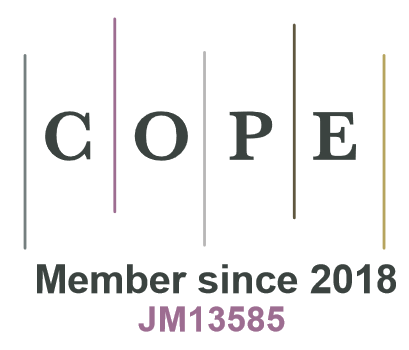Articles containing the keyword 'N deposition'
Category : Article
Forest ecosystems may accumulate large amounts of nitrogen in the biomass and in the soil organic matter. However, there is increasing concern that deposition of inorganic nitrogen compounds from the atmosphere will lead to nitrogen saturation; excess nitrogen input does not increase production. The aim of this study was to determine the long-term changes caused by nitrogen input on accumulation of nitrogen in forest soils and in ground vegetation.
The fertilization experiments used in this study were established during 1958–1962. They were situated on 36- to 63-year-old Scots pine (Pinus sylvestris L.) and Norway spruce (Picea abies (L.) Karst.) stands of different levels of fertility. The experiments received nitrogen fertilization 5–7 times over a 30-year period, and the total input of nitrogen was 596–926 kg/ha.
Nitrogen input increased the amount of organic matter in the humus layer and the nitrogen concentration in the organic matter. Furthermore, the total amount of nutrients (N, P, K, Ca and Mg) bound by the humus layer increased due to the increase in the amount of organic matter. However, nitrogen input decreased the biomass of ground vegetation. The nitrogen concentration of the plant material on the nitrogen-fertilized plots was higher than on the control plots, but the amount of nutrients bound by ground vegetation decreased owing to the drastic decrease in the biomass of mosses. Ground vegetation does not have the potential to accumulate nitrogen, because vegetation is dominated by slow-growing mosses and dwarf shrubs which do not benefit from nitrogen input.


